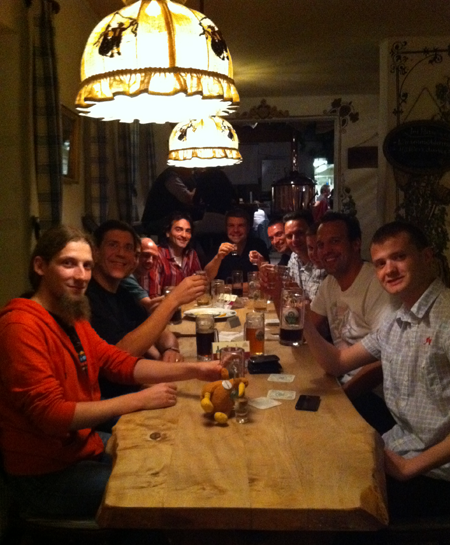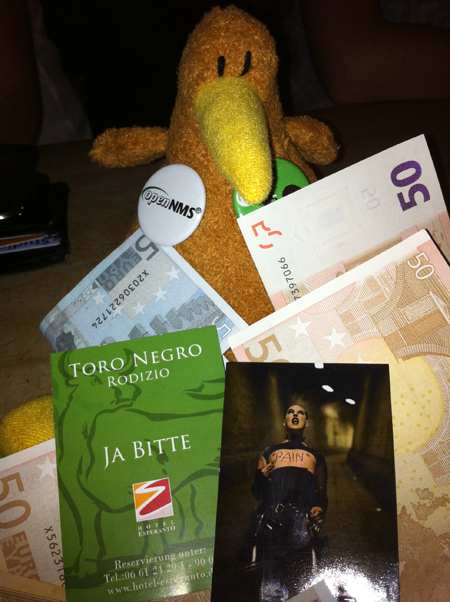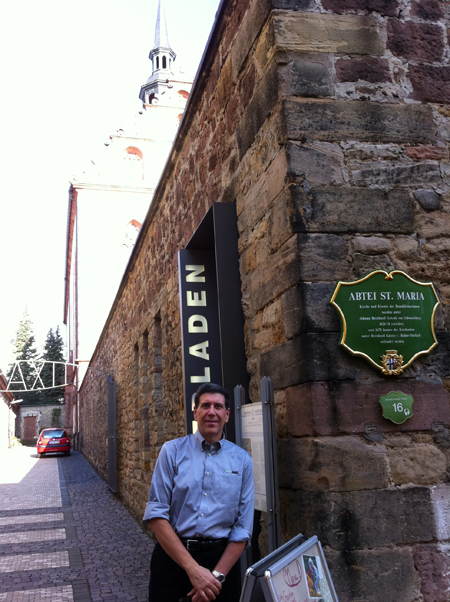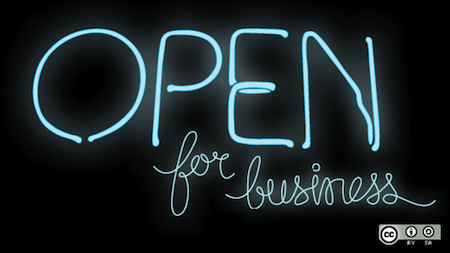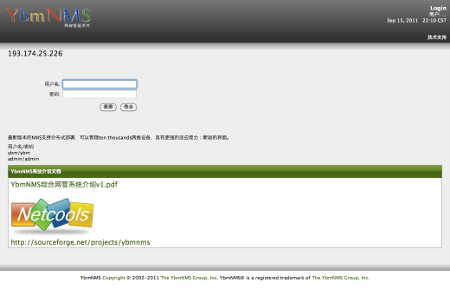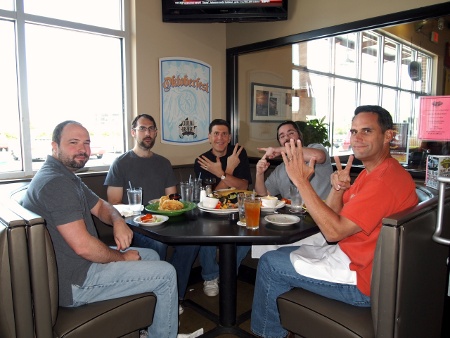Today marks the tenth anniversary of the terrorist attacks on New York City and Washington, DC (and not to forgot the one foiled attempt that ended in Pennsylvania). The world changed that day.
I didn’t lose any friends that Tuesday, even though several lived near the attacks. One was at the airport at LAX heading to a meeting at the World Trade Center later that afternoon. His plane, of course, never left. But, I am thankful, that is about as close as it got.
The 9/11 anniversary is always an important milestone in my life, coming a day after my anniversary with OpenNMS. I didn’t know it at the time, but OpenNMS would also change my world, but in a much better way.
The goal of those involved in the 9/11 attacks was to inspire terror. Terror is an extreme form of fear, and I believe they met their goal of increasing fear. The 9/11 attacks led directly to things such as Guantanamo Bay, The Patriot Act, airport scanners and the seizure of electronics from citizens at the border. Not to mention the somewhat justifiable invasion of Afghanistan and the totally inappropriate invasion of Iraq.
As I write this, they are reading the names of the dead in New York. My guess is that they won’t be reading the names of the 6207 service men and women who died in those military operations.
Fear is the direct result of feeling powerless. The people who died in the Towers and who died in the Pentagon could have done little to save themselves. It appears that those people on Flight 93 turned that fear into action, and probably prevented the deaths of hundreds more people at the expense of their own.
I wish I could say that the actions of my country’s government were as brave.
Many years ago, my two year old cousin and his mother came to spend the summer with us, as his father was on an extended deployment with the Navy. I had not spent much time around children, so it was pretty cool to try and figure out what was going on in his fresh little mind.
I can remember one incredibly nice day, we had the windows open and there was a nice breeze coming through the house. As my cousin walked by a door, an especially strong breeze slammed it shut. It startled him and he reacted by smacking his hand against the door, as if to punish it for scaring him.
I classify a lot of the policies put in place after 9/11 as similar, and about as effective.
On one hand, government officials hate to appear powerless. Since it is nearly impossible to prevent other, similar attacks with threats of incarceration or bodily harm, we engage in security theatre. If you are inconvenienced at the airport (take off your shoes, put your liquids in a baggie) you get the impression that something is being done, and it is hoped that you don’t question its effectiveness.
On the other hand, there is serious money to be made in the terrorism business. Those airport scanners aren’t cheap, and what’s even better is that they are only used about 50% of the time in my experience. Thus the manufacturer still gets paid and they don’t have to maintain anything. Anyone remember those machines that would blow air around you and sniff for the chemical signatures of explosives? Yup, they are mothballed now but someone made a chunk of change when they were the hot, new anti-terrorist thing.
So, how does one combat fear? Not through current government policies, which seem to scream “Be Afraid and Buy Shit”. I believe one combats fear by transferring as much power to the individual as possible. When one feels in control of their own destiny, they are much less likely to throw their life away in a terrorist attack.
Thus, after several meandering paragraphs, we come to my tie-in between combating terrorism and open source software.
Open source is the ultimate expression of personal power, at least within the realm of computer software. If that seems a little limited, you can read Marc Andreessen’s essay on “Why Software Is Eating the World” or just look to how social networks (based on open source) were key to this year’s Arab Spring. People who feel empowered are less afraid, and when fear is lessened (if not removed) amazing things can happen.
I’ve been to both Syria and the United Arab Emirates. In both cases I was afraid for my life. My hosts were determined to entertain me to death. True Arab hospitality can be a frightening thing.
The only saddening part of my trip was that I saw a tremendous number of extremely poor people. For example, in Syria I can remember seeing a hut made out of stacked, corrugated steel sheets sitting in a field made of rocks. Under the desert heat it must have been unbearable, but it should have provided some protection from the cold desert nights.
Prior to that, my idea of an extremely poor person came from the peasant scene in Monty Python and the Holy Grail. Even though they were knee deep in mud, they had trees and a thatched roof shack – making them kings to the poor in the desert (or at least an autonomous collective).
To truly prevent terrorism, we have to remove the sense of hopelessness that drive people to be willing to kill themselves. It seems to me that it would be hard to throw one’s life away if it was made worth living. Perhaps we can use open source to help pave the way.
With the advent of utility computing, in order to get someone online and coding should only take a small laptop, a network connection and some education. The horsepower can live elsewhere, and perhaps we could even use solar cells to power the laptop (and solar power is plentiful in the desert). In a perfect world, idle youth would spend their time building things instead of seeing destruction as their only option. Imagine how far we would have gotten toward this if we took the billion dollars we spent on airport scanners or the trillion dollars we spent on an unnecessary war and spent it on laptops and training?
I’m probably being silly and idealistic, but open source software changed my life for the better, and I can’t help but think it could change the lives of others as well.
Then maybe I won’t shed so many tears at the reading of names.
